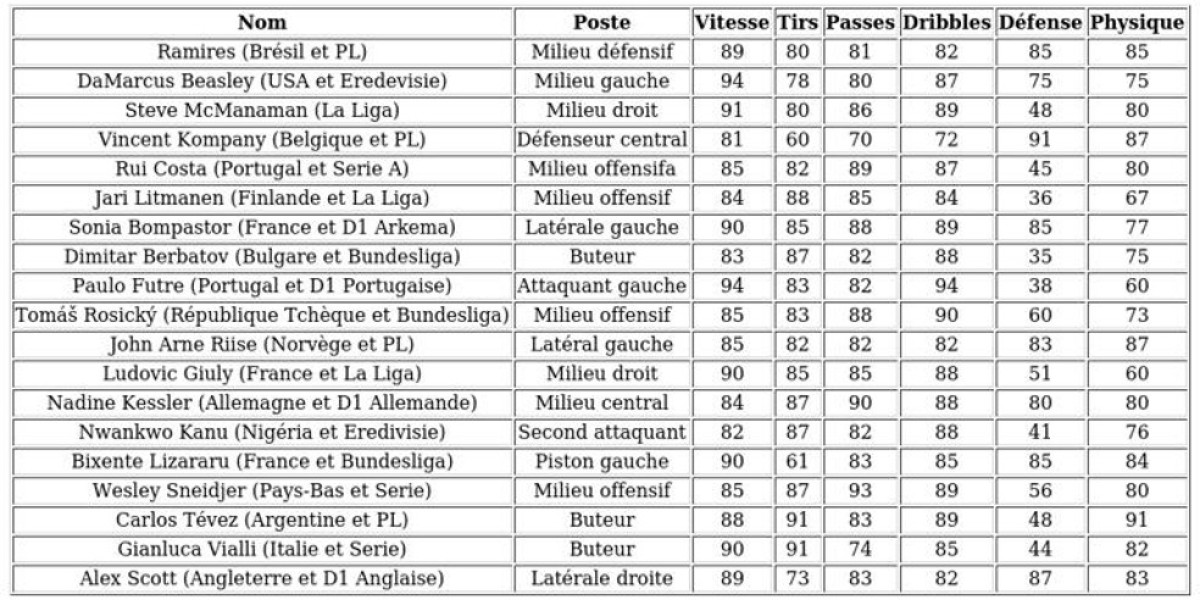
The Comprehensive Guide to Built-in Electric Ovens and Hobs
In today's busy world, modern kitchen appliances have actually evolved drastically to deal with the tastes and needs of modern house owners. Amongst these appliances, built-in electric ovens and hobs stand apart for their efficiency, style, and functionality. This short article explores the functions, advantages, setup tips, and maintenance of built-in electric ovens and hobs, along with addressing regularly asked questions.

Comprehending Built-in Electric Ovens
What Is a Built-in Electric Oven?
A built-in electric oven is a device designed to be installed into a wall or kitchen cabinetry, providing a smooth, integrated appearance in the kitchen. Unlike freestanding ovens, built-in models conserve space and typically come equipped with additional functions such as self-cleaning cycles, convection cooking, and numerous cooking modes.
Types of Built-in Electric Ovens
- Single Ovens: Ideal for smaller sized kitchens or those who cook for fewer people.
- Double Ovens: Offer more cooking space, appropriate for larger households or those who captivate frequently.
- Combination Ovens: These consist of both a traditional oven and a microwave, providing flexible cooking options.
Advantages of Built-in Electric Ovens
| Advantage | Description |
|---|---|
| Space-Saving Design | Fits flawlessly into cabinetry, maximizing counter space. |
| Enhanced Aesthetics | Develops a contemporary, professional kitchen look. |
| Versatile Cooking Options | Often includes numerous cooking modes including bake, broil, and convection. |
| Energy Efficient | Takes in less energy than standard ovens. |
Comprehending Built-in Hobs
What Is a Built-in Hob?
A built-in hob is a cooking surface area installed into the kitchen counter top, incorporating perfectly with the kitchen style. Offered in Haden 60cm Electric Built-In Oven with Fan Assist, induction, and gas varieties, electric hobs are renowned for their precision and ease of usage.
Kinds Of Built-in Hobs
- Electric Hobs: Traditional coil elements that heat by means of electrical resistance.
- Induction Hobs: Use magnetic energy to heat only the cookware, making them quicker and much safer.
- Ceramic Hobs: Feature a smooth surface with convected heat underneath, offering simple cleaning.
Benefits of Built-in Hobs
| Benefit | Description |
|---|---|
| Quick Cooking Times | Electric hobs heat rapidly, decreasing overall cooking time. |
| Easy to Clean | Flat surface area permits fast and straightforward cleansing. |
| Resilient | Typically built to last and withstand heats. |
| Versatile Compatibility | Functions well with numerous pots and pans materials. |
Installation Considerations
Setting up a Hisense Built-in Electric Single Oven - Black SA4544CIX Stainless Steel Electric Oven - Buy Now! oven and hob needs mindful preparation.
Steps for Installation
- Step the Space: Ensure the measurements of the oven and hob match the allocated area in your kitchen.
- Inspect Electrical Requirements: Consult an electrical expert to ensure wiring can manage the appliance's power requirements.
- Positioning of Appliances: Position the oven at a hassle-free height, usually in between waist and eye level.
- Ventilation: Ensure correct ventilation, especially if your oven includes a range hood.
Necessary Tools
- Power drill
- Screwdrivers
- Level
- Measuring tape
Safety Precautions
- Constantly disconnect the power before setup.
- Follow manufacturer instructions thoroughly.
- Consider employing a professional for electrical connections.
Upkeep Tips
Keeping built-in electric ovens and hobs is crucial for longevity and efficiency.
Routine Care Routine
- Cleaning up the Surface: Use a soft cloth and manufacturer-recommended cleaner.
- Checking Electrical Connections: Check cables and plug for damages occasionally.
- Cleaning up Filters: If the oven has a ventilator, clean or change the filters as required.
Troubleshooting Common Issues
| Issue | Possible Solution |
|---|---|
| Oven Won't Heat | Inspect the power supply and heating aspect. |
| Heating Inconsistency | Inspect the thermostat and oven calibration. |
| Hob Not Heating | Ensure pots and pans is suitable and check the power supply. |
Frequently Asked Questions
1. How do I choose the right size built-in electric oven?
Picking the ideal size involves determining your kitchen area and thinking about just how much cooking you usually do. If you captivate regularly or have a large household, choose for a double oven.
2. Are SIA AMZDO102 Black Built-In Double Oven - 60cm electric hobs safe to use?
Yes, built-in electric hobs are safe, particularly induction hobs which just heat up the cookware, decreasing the risk of burns.
3. Can I install a built-in oven and hob myself?
While it is possible for knowledgeable DIY enthusiasts, working with a professional is advised, particularly for the electrical connections.
4. How typically should I clean my built-in oven and hob?
Cleaning must be done regularly after usage, with deep cleaning periods depending on cooking frequency - generally every couple of months.
5. Do built-in appliances need unique maintenance?
Built-in appliances require comparable upkeep to freestanding models, but appropriate care needs to be taken with their surrounding kitchen cabinetry.
Built-in electric bulit-in ovens and hobs present a combination of innovation and design, providing performance and contemporary visual appeals to any kitchen. With correct selection, careful installation, and regular upkeep, these appliances can enhance one's cooking experience for lots of years. Understanding the functions, advantages, and care requirements can empower property owners to develop the kitchen of their dreams-- efficiently and stylishly.
As cooking areas continue to progress into central hubs of the home, choosing the right built-in options plays an essential function in daily culinary imagination and enjoyment.



